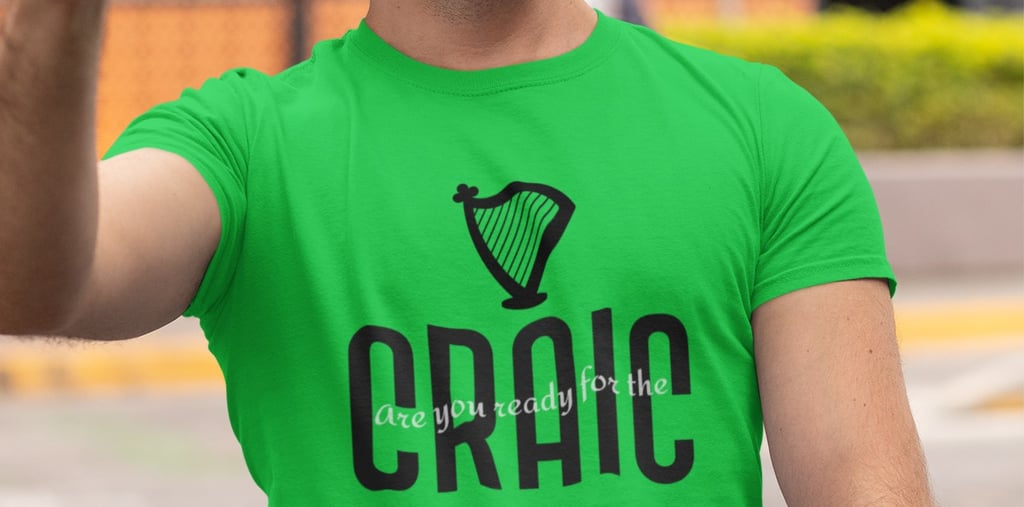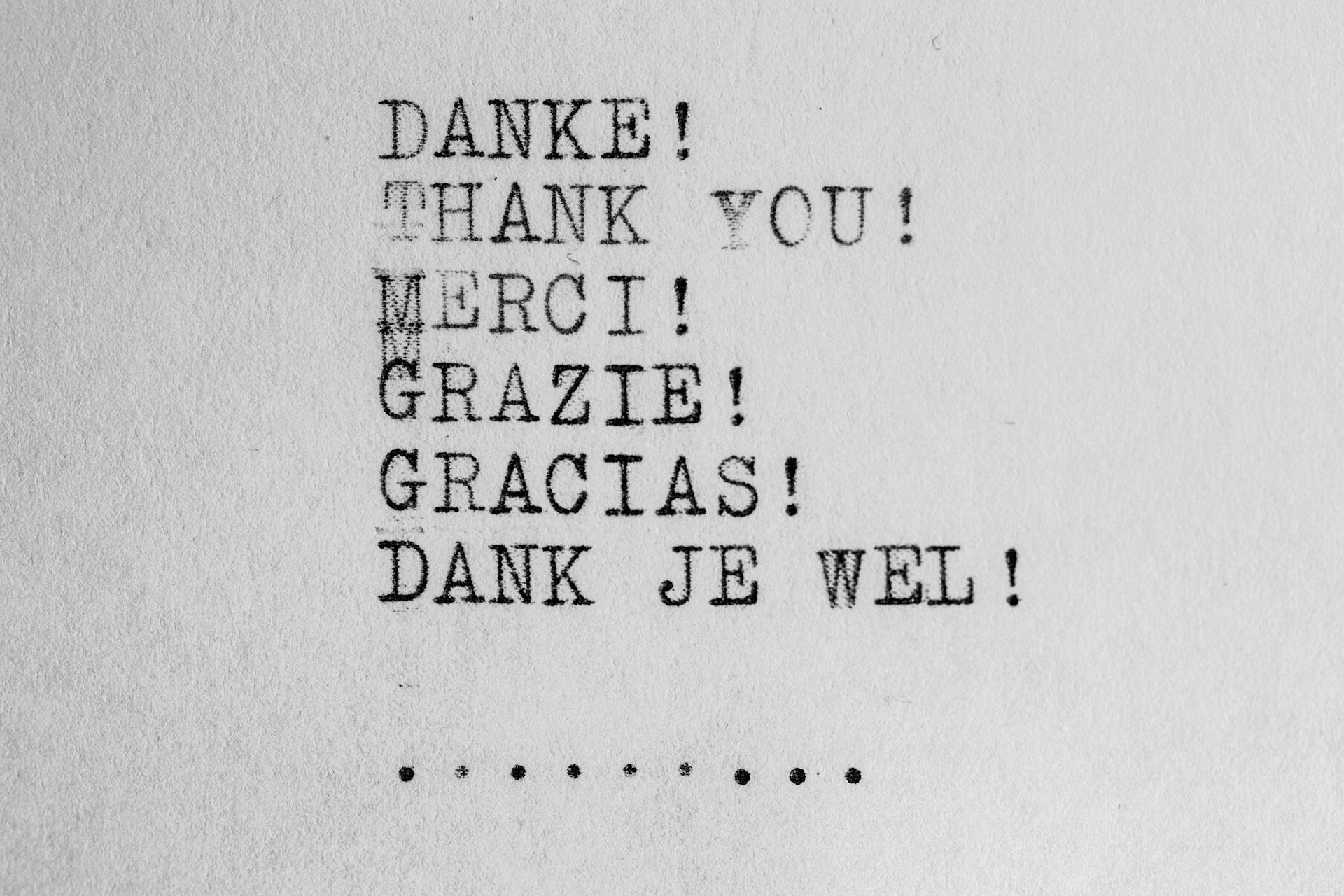The History of St. Patrick's Day and Why the Irish Celebrate
One of the most celebrated occasions is St Patricks Day 17 March. We explore its origins and how its celebrated throughout the world
COUNTRIES AND CULTURES
clickncollecte
2/15/20242 min read


St. Patrick's Day, celebrated on March 17th every year, is a festive holiday that holds a special place in the hearts of the Irish and those who love Irish culture. This day is not only an opportunity to wear green and enjoy a pint of Guinness, but it also carries a rich history and deep meaning for the Irish community.
The Origins of St. Patrick's Day
St. Patrick's Day commemorates the life and work of St. Patrick, the patron saint of Ireland. Contrary to popular belief, St. Patrick was not actually Irish. He was born in Roman Britain in the late 4th century and was taken to Ireland as a slave at the age of 16. After six years of captivity, he escaped and returned to Britain, where he became a Christian priest.
St. Patrick's Day is celebrated on March 17th because it is believed to be the date of his death. While St. Patrick's Day was initially a religious feast day in Ireland, it has evolved into a global celebration of Irish culture and heritage.
Why the Irish Celebrate
St. Patrick's Day holds immense significance for the Irish people due to their deep-rooted connection to St. Patrick and the impact of Christianity on their nation. St. Patrick is credited with bringing Christianity to Ireland and is known for his efforts to convert the Irish people to the faith.
The holiday is not only a celebration of St. Patrick's life and legacy but also a way for the Irish to express their national pride and cultural identity. It is a day to honor their history, traditions, and the resilience of the Irish people.
How the Irish Celebrate
St. Patrick's Day is celebrated with great enthusiasm, both in Ireland and around the world. Parades, festivals, and various cultural activities are organized to mark the occasion.
In Ireland, the St. Patrick's Day parade in Dublin is the highlight of the celebrations. The streets are filled with vibrant floats, marching bands, and people dressed in green, creating a lively and festive atmosphere. Traditional Irish music, dancing, and storytelling are also integral parts of the festivities.
Outside of Ireland, cities with significant Irish populations, such as New York, Boston, and Chicago, hold their own St. Patrick's Day parades. These events attract millions of spectators and showcase Irish culture through music, dance, and traditional costumes.
Additionally, wearing green is a common practice on St. Patrick's Day, symbolizing Irish pride and heritage. Many people also adorn themselves with shamrocks, which are associated with St. Patrick and are believed to bring good luck.
St. Patrick's Day is a day of celebration, unity, and joy for the Irish and those who appreciate Irish culture. It serves as a reminder of the rich history and traditions that have shaped Ireland and its people. So, whether you're Irish or not, put on some green, raise a glass, and join in the festivities on this special day!

